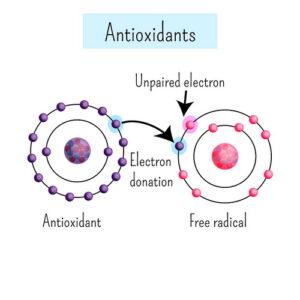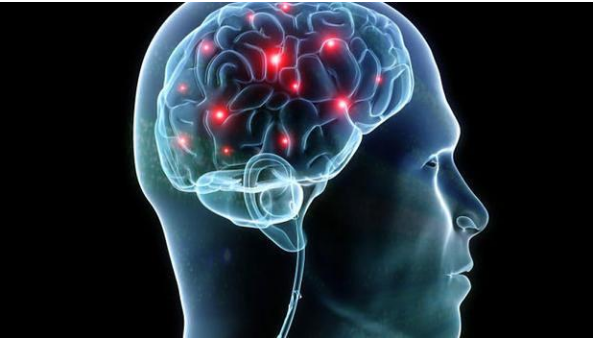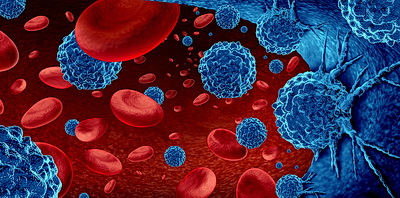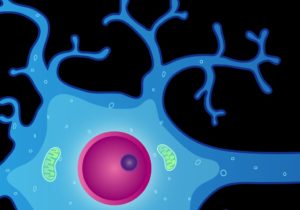
Essential Oils
Essential oils are liquid compounds extracted from various plant parts such as leaves, herbs, barks, and rinds. These oils hold the essence of the plants they’re extracted from and have a stronger smell than the plant itself.
The method of preparation is either through distillation or a mechanical method known as cold pressing. The concentrated extract is then added to any carrier oil so it’s ready to use, but it no longer remains pure.
Types of Essential Oils
Several plants contain potentially active compounds. These plants are used in large quantities to utilize the plant oils inside to form essential oils. Essential oils are available in more than 90 types. Each one with a unique scent, chemical compounds, and health benefits.
We’ve listed below ten of the most well-known essential oils and the health benefits that they’re known to offer.
- Lavender oil: Relieves stress.
- Lemon oil: Improves moods, headaches, digestion, and more.
- Peppermint oil: Helps in digestion and provides a boost of energy.
- Tea Tree Oil: Stimulates immunity and fights infections.
- Rose oil: Boosts mood and relieves anxiety.
- Sandalwood oil: Aids in calming nerves and helps with concentration.
- Jasmine oil: Effectively helps with depression, childbirth, and libido.
- Bergamot oil: Eases stress and aids to cure skin conditions like eczema.
- Chamomile Oil: Helps to improve mood and calm down.
- Ylang-Ylang Oil: Treats headaches, nausea, and various skin conditions.

Use
It should be noted that essential oils are for external use (unless otherwise noted). Not for digestion. They are used in many different products, and the beauty industry utilizes them to create perfumes, scent creams, and body washes. Additionally, these liquids are used as a source of natural antioxidants in beauty care products.
It can also be used as an air freshener for the home, to scent the laundry, or as a natural mosquito repellent.
Aromatherapy
One of the popular methods of using essential oils is through aromatherapy. This practice has been used for centuries for therapeutic benefits, which involves inhaling the oils through different methods. The essential oils diffused into the air are inhaled, and the scent molecules travel from the olfactory nerves to the brain.
The fragrance of the essential oils stimulates certain parts of the limbic system, the part of the brain that is responsible for controlling emotions, behavior, survival instincts, sense of smell, and memory. The limbic system also regulates various unconscious physiological functions like breathing, heart rate, and blood pressure. For this reason, people believe that these oils can affect our bodies physically.
The oils can also be combined with carrier oils, and be used by massaging them on to the skin. The chemicals in the oils are absorbed by the skin. The active compounds in the oils help to relax the muscles when a mixture of oils is rubbed on the skin, or when the oil is added to bath salts to give a stress-relieving soak.

However, it’s advised that these oils should not be applied directly onto the skin unless directed by a healthcare professional. Essential oils without dilution are highly concentrated and can irritate sensitive body cells.
Although these oils are not supposed to be swallowed, at times people do consume oral capsules with essential oils inside. But it is only wise to do so when recommended by a medical practitioner. Besides that, the oils shouldn’t be applied in areas such as the mouth, ear, eye, anus, or vagina, from where it can enter the body.
Benefits
Essential oils are widely used as people believe that they can naturally cure different problems and have favorable effects on the body. The active compounds in the oils can be effective for particular reasons.
However, there’s little research that supports that essential oils can help in treating health conditions. We’ve listed a few of the particular health problems that essential oils can be used to treat.
- Stress and Anxiety: People, who deal with stress or anxiety, tend to use alternative therapy methods for relief. The fragrance of the essential oils during aromatherapy can help to treat stress and anxiety. Using these oils during massaging may also effectively relieve stress.
- Headaches and Migraines: Combinations of essential oils particularly, chamomile and sesame oil mixture, peppermint and lavender oils, or peppermint oil and ethanol combination, when applied on the forehead and temples can help cure headaches and ease migraine pain.
- Sleep and Insomnia: Studies have found the smell of essential oils can help induce sleep. Lavender oil, in particular, helps women after childbirth, heart patients, and insomniacs sleep better.
- Reduced Inflammation: It is believed that these oils may have anti-inflammatory effects. Mixtures of thyme and oregano oils and rosemary and caraway oils can aid in soothing abdominal pain.
- Antibiotic and Antimicrobial: Few essential oils like peppermint oil and tea tree oil might have antimicrobial effects.
Safety

As essential oils are made using plants, they also contain bioactive compounds that can be harmful to your health. Even though they are natural, in order for them to be safe for use, they need to be combined with a base oil when applied on the skin or inhaled. Additionally, you must be careful about the others in the environment, particularly children, pregnant women, and pets who might also inhale the oils.
The side effects that these oils may have on the human body include headaches, asthma attacks, rashes, or allergies. Some of the oils that are known to have side effects are tea tree, ylang-ylang, peppermint, and lavender.
Cinnamon oil and other oils that have high concentrations of phenols result in skin irritation and should only be used on the skin when mixed with a base oil. On the other hand, the skin’s reaction to sunlight and burns might get worse with the use of essential oils made from citrus fruits.
Swallowing essential oils is extremely dangerous and it might also result in death. Young children, pregnant women, and new mothers are advised to avoid using essential oils.















 Turmeric contains bioactive compounds called
Turmeric contains bioactive compounds called 
